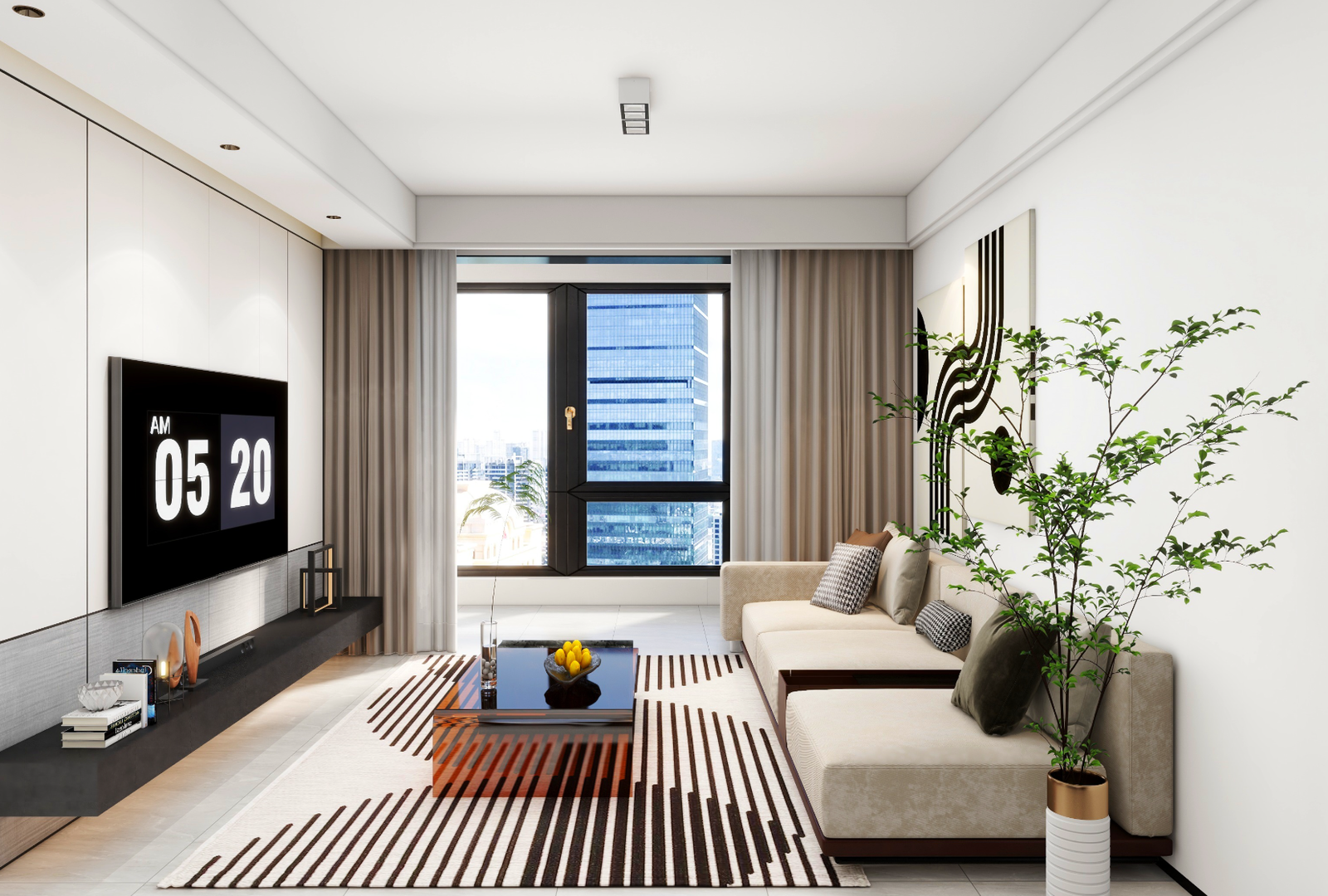How to Choose the Right Interior Wall Paint
Choosing the right interior wall paint involves considering factors like paint type, environmental performance, application ease, color matching, and budget. Latex paints offer versatility and affordability, while artistic paints provide unique textures. Silica gel clay and shell powder are eco-friendly options with functional benefits. Ensure the paint has low VOCs and good washability, and always check the packaging and test colors before application.

Choosing the right interior wall paint requires a comprehensive consideration of the type of paint, environmental performance, application and maintenance, color matching, and budget. Here are some detailed suggestions:
I. Understand the Types and Characteristics of Paints
Different types of paints have different characteristics and application scenarios. Below is a comparison of several common types of interior wall paints:
Comparison of Common Interior Wall Paints
| Type of Paint | Characteristics | Suitable Scenarios | Advantages | Disadvantages |
|---|---|---|---|---|
| Latex Paint | Environmentally friendly, easy to apply, quick-drying, and available in a wide range of colors | Living rooms, bedrooms, kitchens, bathrooms | Eco-friendly, diverse colors, easy to apply | Ordinary texture, lacks special patterns |
| Artistic Paint | Can create unique textures and color effects | Rooms with personalized decoration | Strong artistic sense, enhances space aesthetics | High application difficulty, higher price |
| Silica Gel Clay | Regulates humidity, purifies air, and has sound-absorbing and noise-reducing properties | Families with high environmental and health requirements | Eco-friendly, functional | Higher price, complex application |
| Shell Powder | Absorbs odors, anti-static, regulates humidity | Natural style decoration | Natural texture, eco-friendly | Relatively limited color options |
II. Consider Home Decoration Style and Color Matching
- Style Matching: Choose the right paint according to the decoration style. For example, matte or semi-gloss latex paint is suitable for modern minimalist styles, while artistic paint with textures is better for European styles.
- Color Selection: Color has a significant impact on the indoor atmosphere. Light colors such as light blue, light green, and light yellow are suitable for creating a warm and comfortable atmosphere. It is also recommended to test color samples on the wall before purchasing to observe their appearance under different lighting conditions.
III. Pay Attention to the Environmental Performance of Paint
- Environmental Indicators: Choose paints with low VOC (volatile organic compounds) emissions and avoid products containing formaldehyde, benzene, and other harmful substances. Check whether the paint has passed national environmental certifications.
- Check Test Reports: Ask the seller for test reports from third-party testing institutions to verify its environmental performance.
IV. Consider the Application and Maintenance of Paint
- Application Performance: A good paint should be easy to apply, dry quickly, and have good coverage and adhesion. Latex paint is one of the easiest paints to apply and can be directly brushed onto the wall.
- Washability: Choose paints with high washability to extend the life of the wall and reduce maintenance costs. For example, paints with good stain resistance should be selected for kitchens and bathrooms.
- Preparation Before Application: Ensure that the wall is dry, flat, and clean. If necessary, sanding and patching can be done.
V. Consider Budget and Cost-effectiveness
- Price Comparison: Different types of paints vary greatly in price. Generally, latex paint is relatively inexpensive and offers good value for money.
- Set Purchase: Many brands offer primer and finish paint as a set. Compare prices before purchasing.
VI. Other Precautions
- Check Packaging: Inspect the product packaging to see if it is standardized, whether there are instructions for use and certificates of conformity, whether there is a manufacturer’s address, and pay attention to the production date and shelf life. Try to buy products that have been produced recently.
- Check the Can: After opening the can, good paint should have a uniform appearance and a flowing consistency when stirred, with no thickening, lumping, sedimentation, stratification, or odor.
- Application Environment: Keep the indoor environment ventilated during application and avoid prolonged exposure to paint fumes.
By considering the above aspects comprehensively, you can choose the most suitable interior wall paint for your needs.
